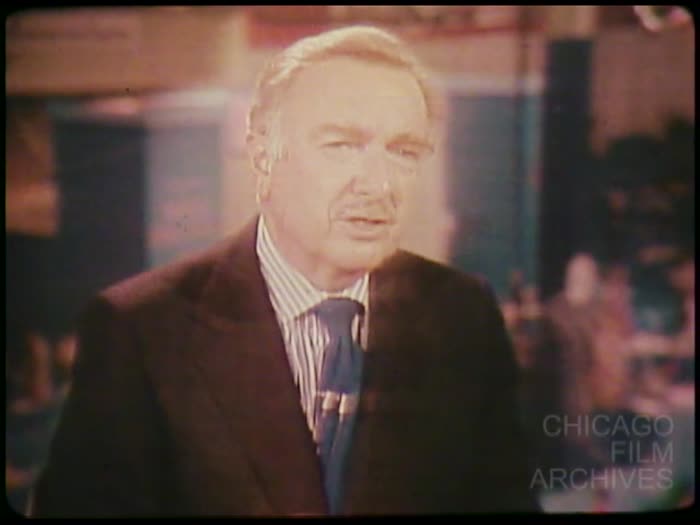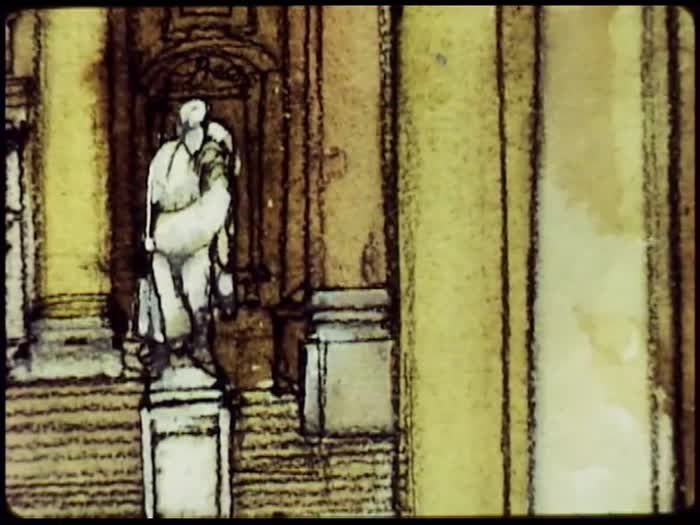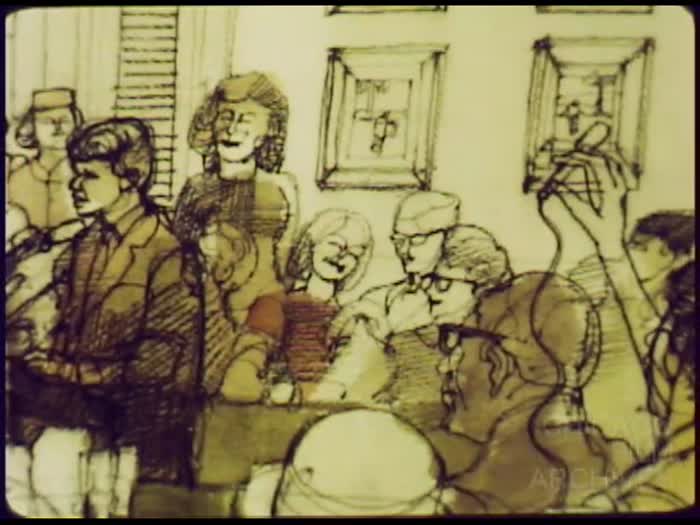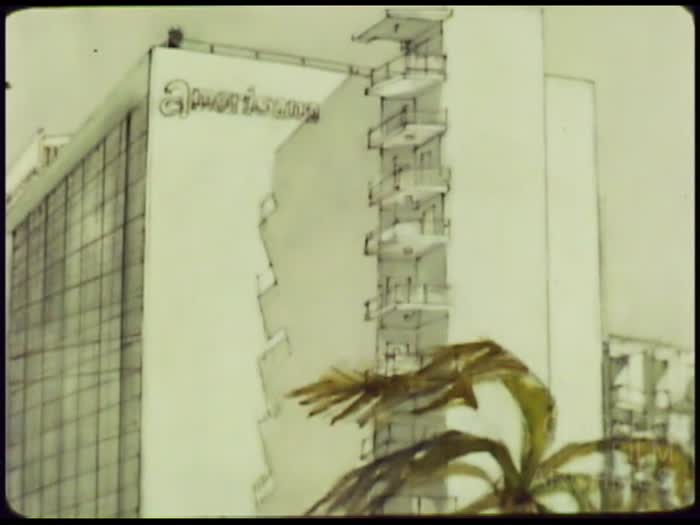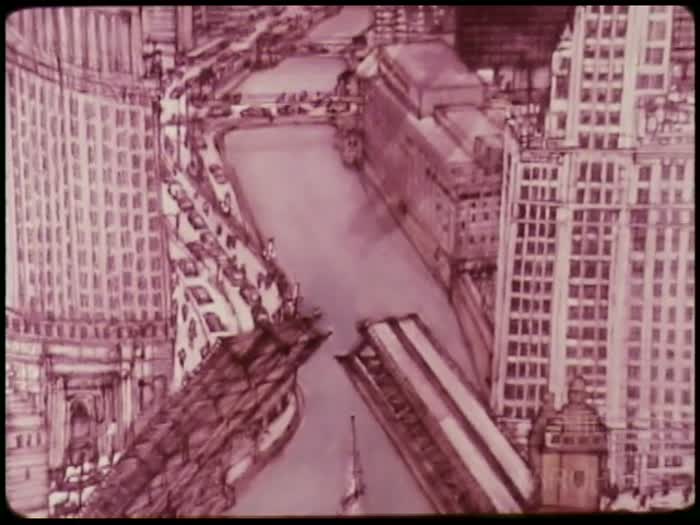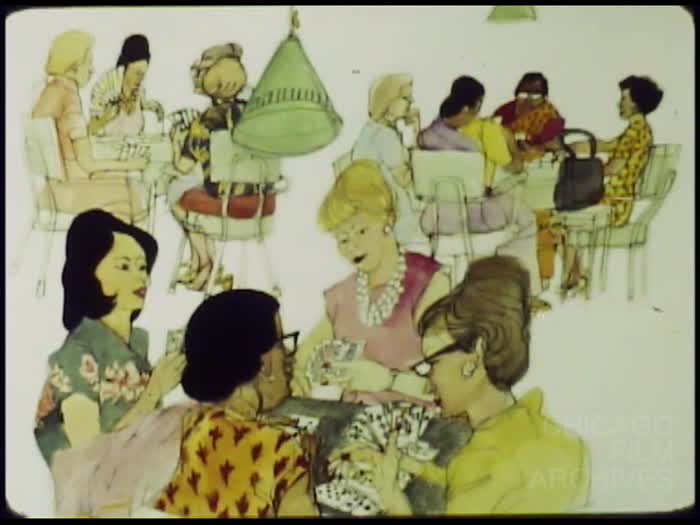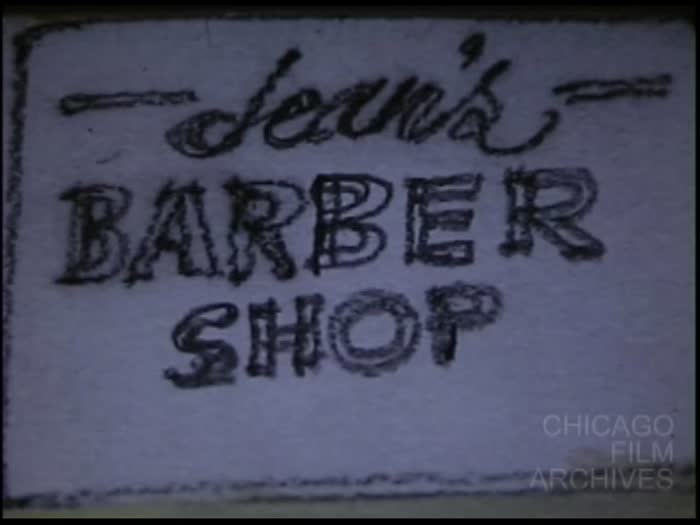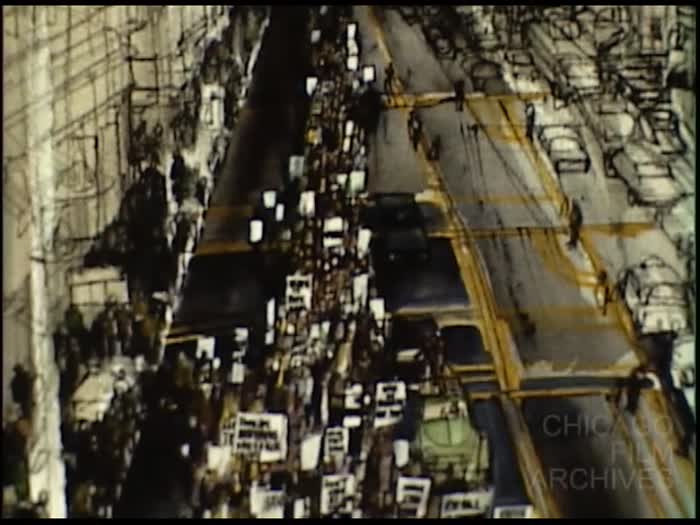Franklin McMahon Collection
Collection Items
(William) Franklin McMahon was an artist and reporter who was dedicated to chronicling the important social, political and cultural events of his time. He worked in Chicago as a courtroom sketch artist, and drew the “Chicago Seven” conspiracy trial, the events surrounding the murder of Emmett Till, the Selma to Montgomery marches in 1965, the Watergate hearings and Neil Armstrong’s historic walk on the moon. McMahon made all of his drawings on site because he believed that the artist-reporter could “see around the corners” to capture the emotional essence of his subjects. He worked as an artist on assignment for the Chicago Tribune, the Chicago Daily News, the Chicago Sun Times, the New York Times, and Life, Look and Sports Illustrated magazines.
McMahon was born in 1921 in Chicago. He grew up in the city’s west side, and lived in Oak Park and Los Angeles before finishing high school in Chicago in 1939. His professional artistic career began while he was a student at Fenwick High School and one of his drawings was published in Collier’s magazine. Upon graduation, McMahon enlisted in the United States Air Force and served as a B-17 navigator in missions over Germany. While on one of these missions, McMahon’s plane was shot down and he spent several months as a prisoner of war in Germany. He made drawings (in secret) of his German captors which were later published.
After WWII, McMahon returned to Chicago and married his high school sweetheart, Irene Leahy McMahon. The couple were married for fifty-one years and had nine children. They lived in Lake Forest, Illinois. Irene McMahon was a travel reporter for the Pioneer Press and various other local and national publications. Franklin McMahon traveled with his wife and made drawings of the international locations they visited.
McMahon’s work has been collected by the Library of Congress, the Smithsonian Institute and the Chicago History Museum, among other institutions. His drawings of the “Chicago Seven” conspiracy trial and the trial following the murder of Emmett Till are in the Chicago History Museum’s permanent collection.
McMahon received numerous prizes for his artwork, including the Art Institute of Chicago’s “Renaissance Prize,” and three Emmys and a Peabody award for films that included his illustrations. He was the recipient of honorary degrees from Loyola University and Lake Forest College, and was a “guiding faculty” member of the Famous Artists School in Wilton, Connecticut.
Irene McMahon passed away in 1997. Franklin McMahon passed away in 2012. They are survived by their nine children: William Franklin McMahon, Mark McMahon, Mary McMahon Taplin, Deborah McMahon Osterholtz, Patrick McMahon, Hugh McMahon, Margot McMahon, Michelle McMahon-Kubota, and Michael McMahon.
http://en.wikipedia.org/wiki/Franklin_McMahon http://www.corbisimages.com/photographer/franklin-mcmahon http://www.famous-artists-school.com/index.php/fas/franklin_mcmahon/



